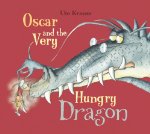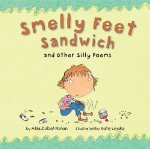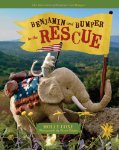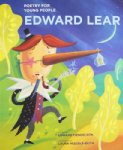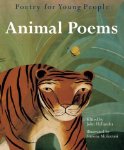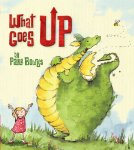Today's poetry title celebrates cats in a unique and wonderful way. The characters on the pages are so colorful that Andrew Lloyd Weber was inspired by the poems to write a musical called Cats.
 Old Possum's Book of Practical Cats
Old Possum's Book of Practical CatsT.S. Eliot
Illustrated by Axel Scheffler
Poetry Picture Book
For ages 7 and up
Harcourt Children's Books, 2009 , 978-0547248271
Every person who is privileged enough to share their life and home with a cat knows that cats are very singular animals. Unlike dogs, they do not ‘belong’ to humans. Instead, humans belong to their cats. Many humans do not fully appreciate the remarkable nature of cats. Luckily for us, the poet T.S. Eliot was privy to some of their secret ways. In the 1930’s he wrote a collection of poems about cats, which he included in letters to his godchildren. The poems were then collected and published in 1939, and they are still entertaining and enlightening readers of all ages today.
Eliot begins his exploration into the world of cats by telling us that cats have three names. There is the one that the family uses daily. Then there is the name “that’s peculiar, and more dignified.” It is a name that “never belongs to more than one cat.” Jellylorum, Mankustrap, and Coricopat are good examples of this second kind of name. Finally, there is the name that only the cat knows. I cannot give you any examples of these names because they are a closely guarded secret.
Eliot then goes on to tell us the stories of various cats, all of whom are very extraordinary creatures. There is Jennyanydots, who is a Gumbie Cat, and who is “deeply concerned with the ways of the mice.” In fact, she is so concerned that she has secretly taken on the job of improving their behavior and manners, and feeding them a good diet. This extraordinary cat even goes so far as to provide cockroaches with “employment” to keep them from being lazy and destructive.
Rum Tum Tugger is nothing like Jennyanydots. He is a contrary kind of cat who always wants the opposite of what he has. If he is outside, all he wants to do is to come in, and if he is in, all he wants to do is to go out. He refuses to be cuddled when it suits you, but if you are sitting and sewing, he insists on jumping on your lap, which of course makes a “horrible muddle.”
Just to make sure that you are suitably equipped to deal with a cat, Eliot explains, in great detail, how to “ad-dress a Cat.” You must NEVER treat a cat the way you would a dog. For the most part a dog is a “simple soul,” whereas a cat is a much more complex creature who must be treated with respect.
In this wonderful edition of T.S. Eliot’s famous cat poems, the poems are paired with Axel Scheffler’s wonderful illustrations. Children and adults alike will enjoy dipping into the pages for poems that are entertaining, amusing, and enlightening.


